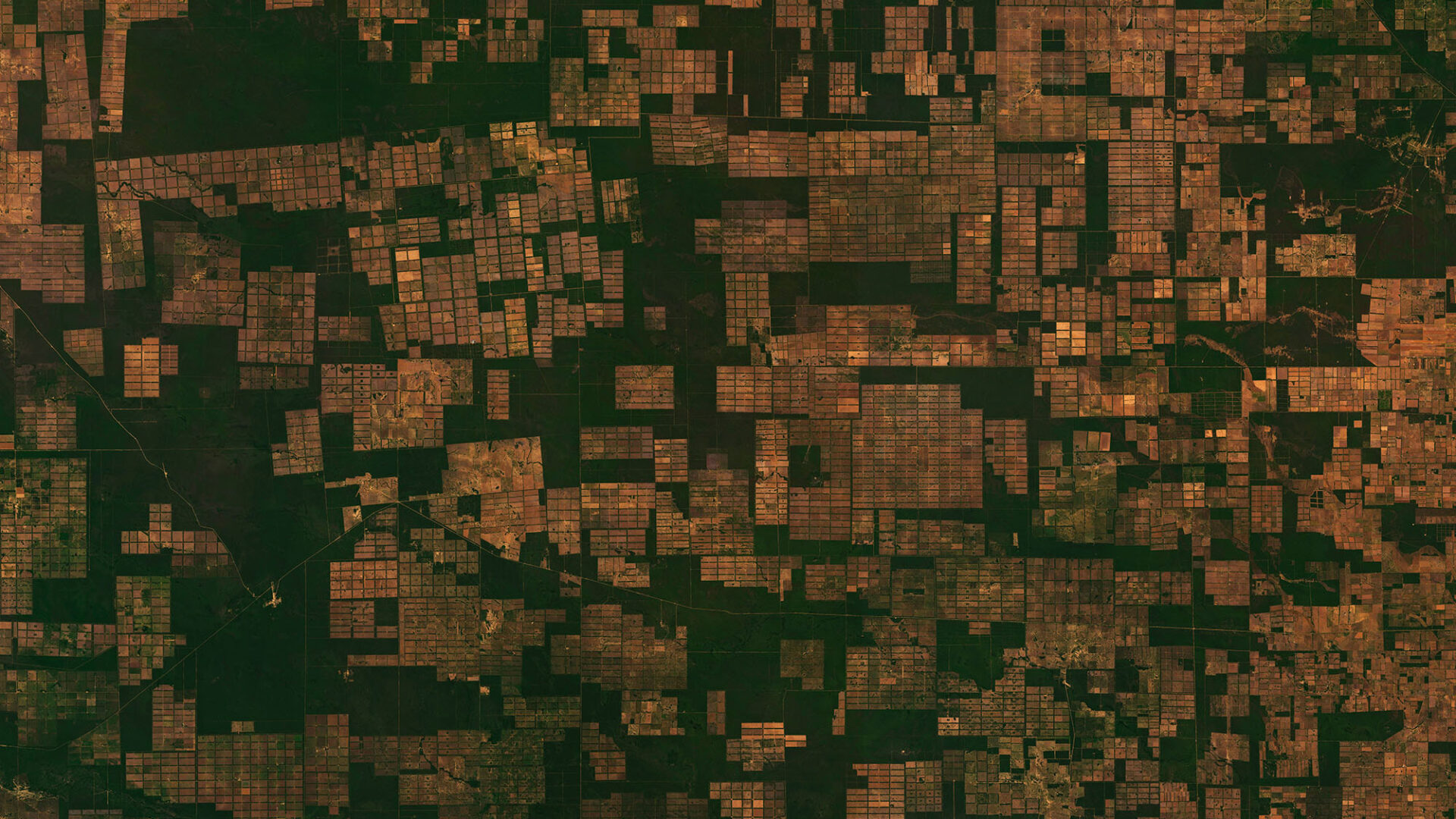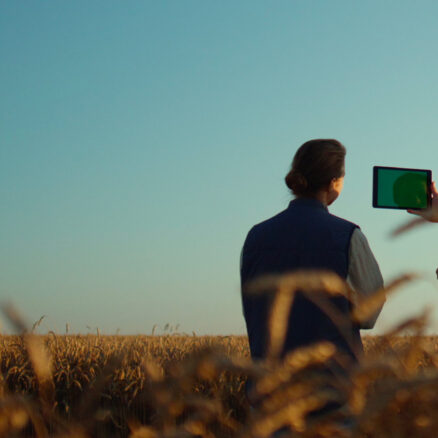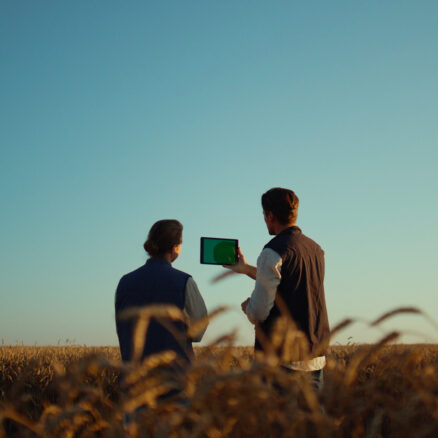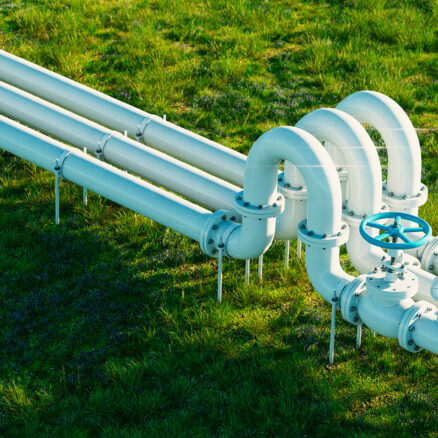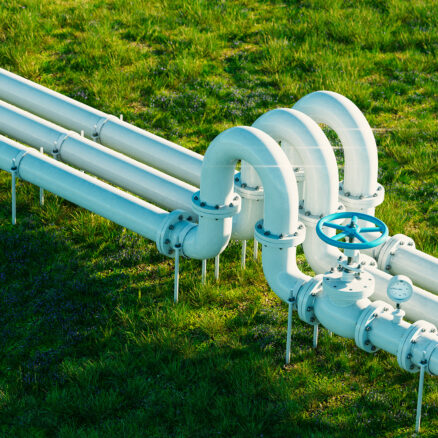Over the past several years, few topics have dominated supply chain conversations like the EU Deforestation Regulation (EUDR). Rightly so, it represents a seismic shift in how companies importing into the EU market source and verify agricultural commodities.
Now, EUDR is facing potential postponement. Policymakers are once again debating implementation timelines amid mounting pressure and pushback from brands who have been preparing. The uncertainty is already creating ripple effects across supply chains, with some organizations slowing investment or deprioritizing initiatives tied to compliance. But many leading CPGs are raising the alarm that delaying action could set progress back.
For some companies, the groundwork is already there. This is the time to use it to build stronger, smarter supply chains that turn compliance work into real business advantage.
What this means for business
To prepare for EUDR, multinationals have begun making major investments in traceability systems — an effort that’s still unfolding as companies work to demonstrate that commodities like soy, palm oil, beef, coffee, cocoa, wood and rubber are “deforestation-free.”
EUDR may have triggered the largest data-mapping effort in agricultural history across these high-risk commodities. Across global supply chains, sustainability, legal and procurement, teams have been in triage mode: mapping farms through geospatial imagery, validating supplier data and navigating evolving technical guidance.
These actions have already driven major progress, but they’ve also unintentionally narrowed corporate vision. In the race to comply, many companies have focused on assessing deforestation alone, overlooking the broader value of the systems and datasets they’ve built.
The reality is that EUDR readiness has created far more than a compliance mechanism. It has equipped companies with a digital infrastructure capable of revealing how supply chains actually function — where materials come from, how landscapes are changing, and what risks and opportunities lie ahead.
Those that recognize this potential are already using what they’ve built to achieve more than compliance: greater transparency, better decision-making and stronger collaboration with suppliers.
At Quantis, we see this shift happening across the agri-food sector. Companies that have mapped millions of hectares and sourcing regions can benefit from greater visibility into productivity, efficiency, sustainability and risk. The true potential of geospatial intelligence is using these insights to strengthen supply chain engagement, predictability and resilience.
Unlocking the value of geospatial intelligence
The systems and datasets developed for EUDR compliance hold far more potential than verifying origin. On their own, farm-level polygons provide only part of the picture — but when combined with additional data layers, these systems unlock new ways for understanding sourcing dynamics, assessing risk and identifying opportunities for improvement across supply chains. Here are four ways leading agri-food companies can leverage geospatial intelligence to drive business outcomes:
- Monitoring crop health and forecasting yields: Satellite imagery and remote sensing can detect crop stress early, enabling faster interventions and more accurate yield projections.
- Weather and climate-risk assessment: Overlaying farm coordinates with climate models can reveal which sourcing regions are most exposed to heat, drought or flood — helping quantify financial exposure, anticipate procurement disruptions and dynamically adjust sourcing strategies.
- Deforestation and land-use-change tracking: The original EUDR compliance use case remains crucial, but it can be integrated into a broader risk-management approach that also considers biodiversity and water availability.
- Supplier segmentation and investment targeting: Instead of spreading resources thin, geospatial data can guide climate adaptation and regenerative agriculture investments where they’re needed most. Teams can prioritize supplier engagement, tailor farm-level incentives and allocate capital where it has the greatest return.
How should businesses respond now?
Some companies have already started laying the groundwork — mapping farms, validating supplier data and building initial traceability systems. But few have yet to capture the full potential of the intelligence they’ve gathered.
Quantis helps companies bridge that gap by:
- Conducting rapid diagnostics of existing data assets (farm coordinates and polygon boundaries, supplier systems, monitoring tools).
- Embedding scenario modeling for climate risks, supply shocks and yield projections.
- Developing internal and external communications that demonstrate sustainable sourcing opportunities using geospatial insights.
- Upskilling cross-functional teams (procurement, risk, finance) to interpret and act on geospatial intelligence.
Looking ahead
While the timeline may be in question, the opportunity is not. The groundwork companies have built for EUDR — the data, the systems, the collaboration — has already reshaped what credible action looks like. Strengthening and scaling those capabilities today will turn compliance progress into measurable impact and lasting business performance.
EUDR compliance is just the start. Quantis helps companies turn traceability and geospatial data into actionable insights that strengthen sourcing decisions, supplier relationships and long-term business performance.
